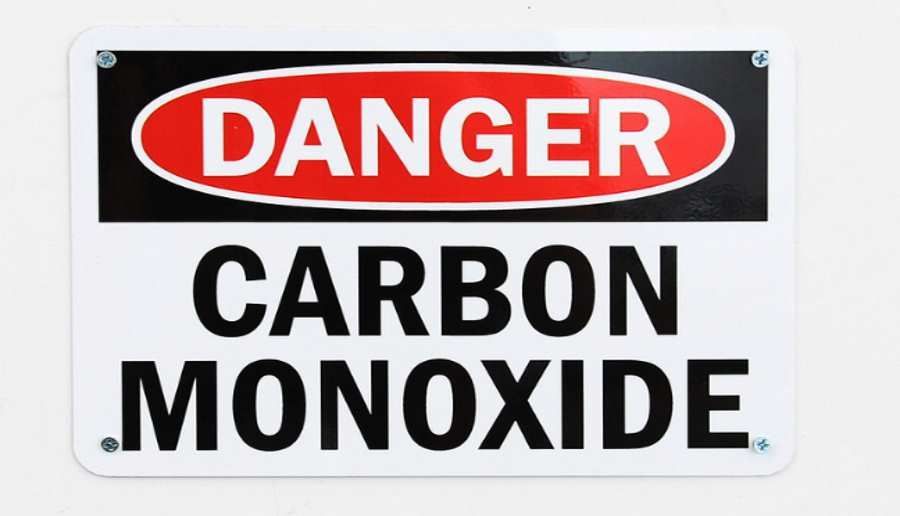An antidote for carbon monoxide poisoning has been developed
Carbon monoxide poisoning kills thousands of wasps worldwideób a year. The chemical is colorless, odorless and highly poisonous. It is very dangerous because humans cannot sense it without the use of technology. It is created by incomplete combustion of fuels, even wood or gas.
It enters the body through the respiratory system, where it binds to haemoglobin, causing inhibition of oxygen transport through the blood. This process results in damage to numerous organsóin the inner. Unfortunately, but the aftermath of poisoning is often death.
Ling Wang and Qinzi Xu found a wayób to fight poisoning. Biomedical researchers conducted an experiment on mice. The dormant rodent was placed in a sealed container, connected to a vital signs monitor, and 3 percent of its blood pressure was injected into the container. carbon monoxide. This dose is lethal to most people.
The rodent's blood pressure dropped rapidly, its heart rate was irregular. After 4.5 minutes, biomedical scientists administered previously prepared neuroglobin to mice – a protein found in the mózgu. Blood pressure began to rise and vital functions improved. This is the first documented case, because until now there was no known antidote for poisoning by carbon monoxide.
Researchers tweaked neuroglobin to bind carbon monoxide molecules 500 times more strongly than hemoglobin, and it was this preparation that saved lab mice. The crafted neuroglobin was 87 percent effective. caseóin a study conducted in the lab.
Nowadays, chad poisoning is treated by subjecting the patient to high-pressure oxygen. The method developed by University of Pittsburgh researchers is extremely promising and could save many lives around the world. But it won't work forever. It is very important to administer specially prepared neuroglobin before carbon monoxide does more damage to the body.
Silent entertainmentóThe fire brigade in Poland takes about 100 people every yearób, and several times more peopleóHe's got them in hospitals. The vast majority of casesóin the deadly falls of the heating season. The National Fire Brigade reminds us that it is very easyób can predict the formation of carbon monoxide. Four conditions for safe use of the equipment must be met:
